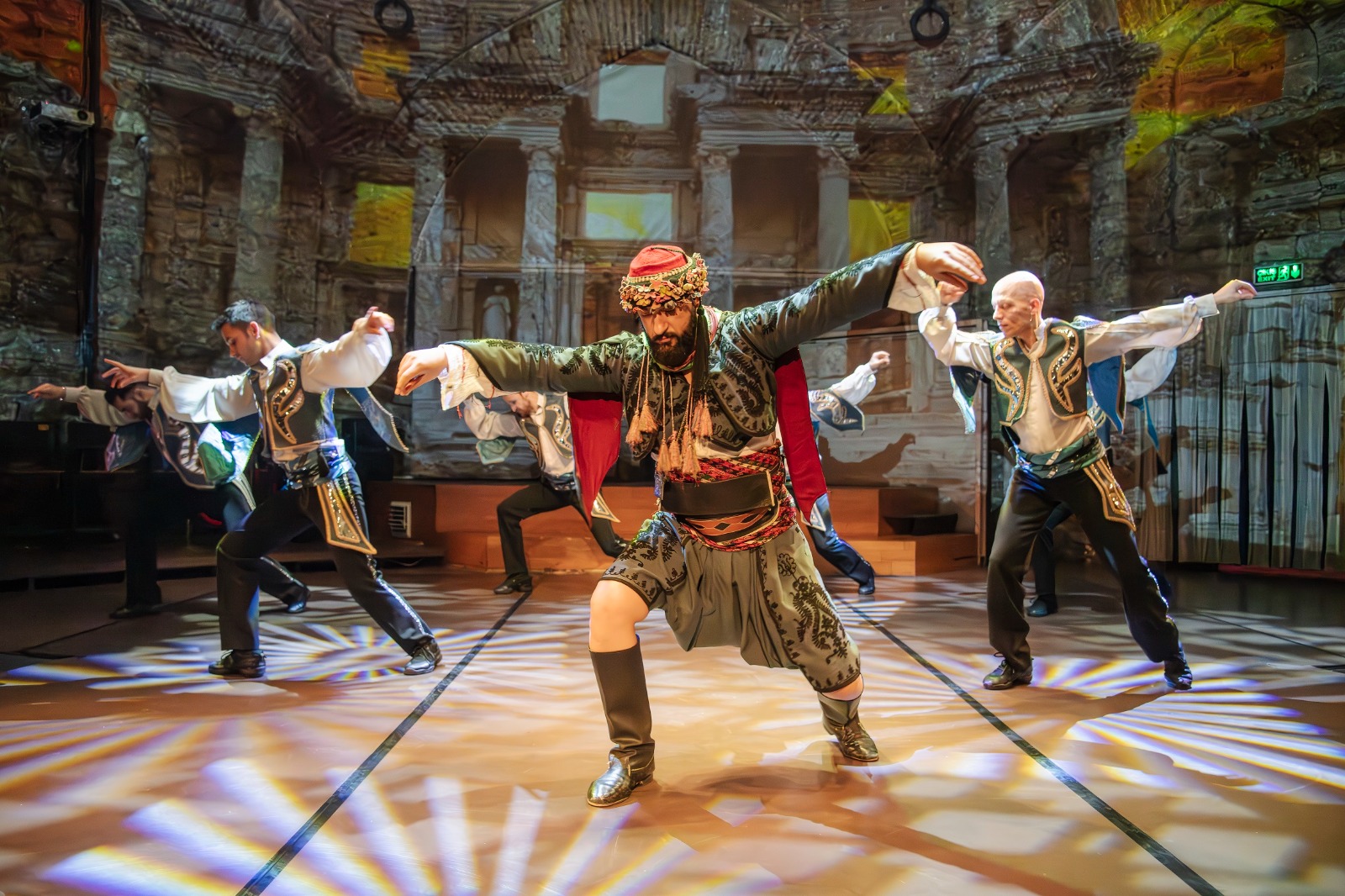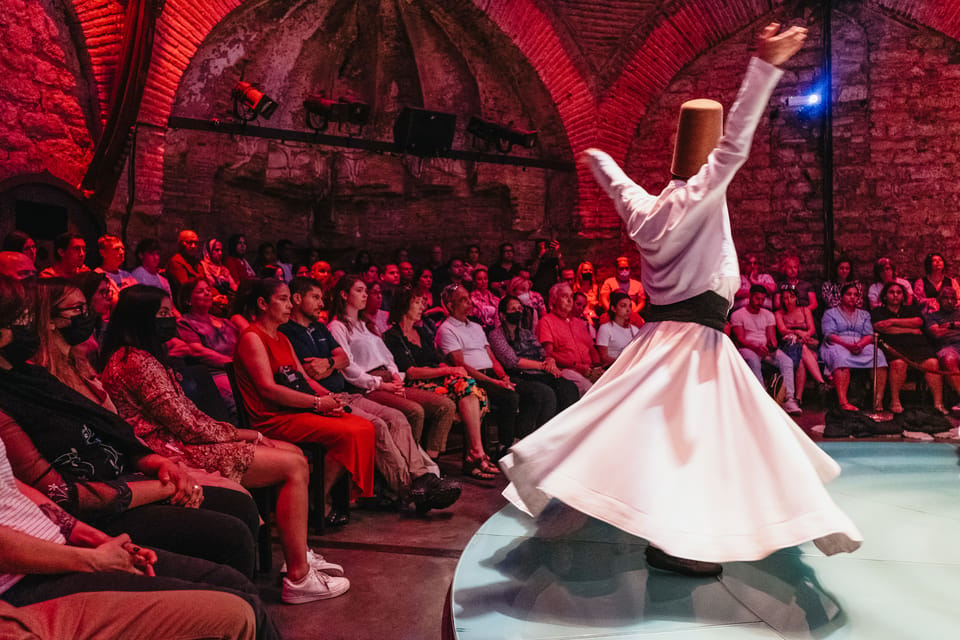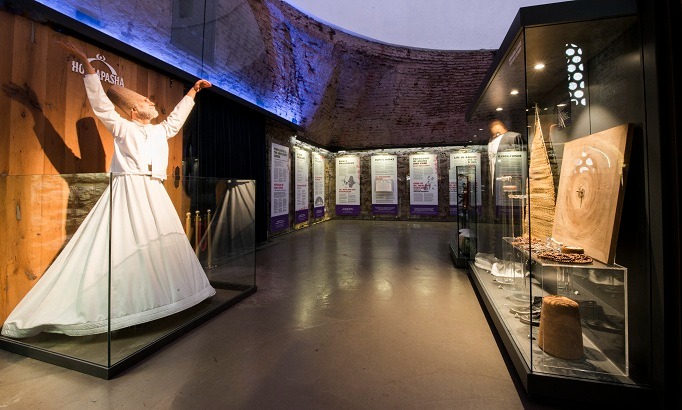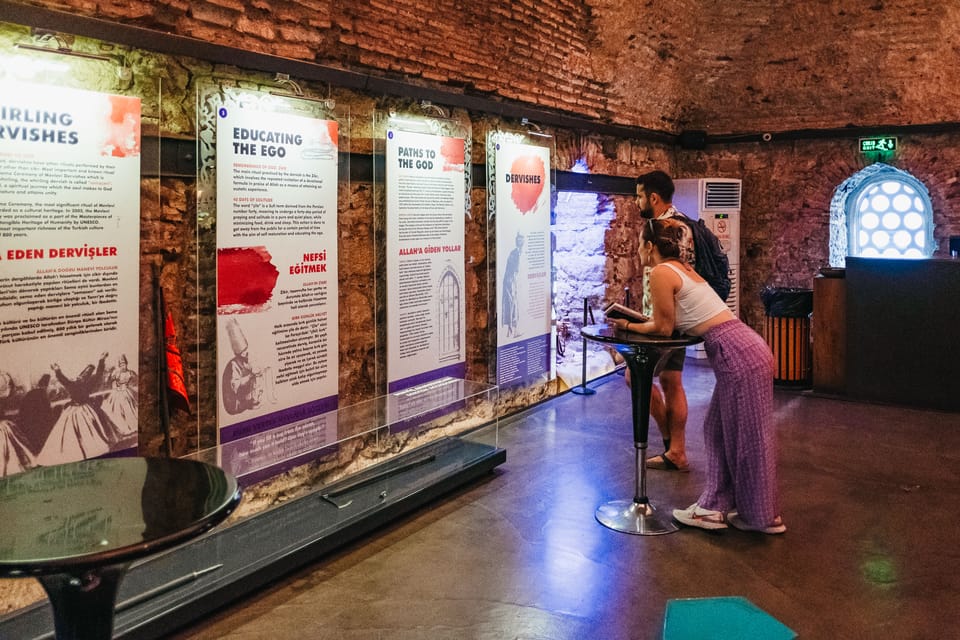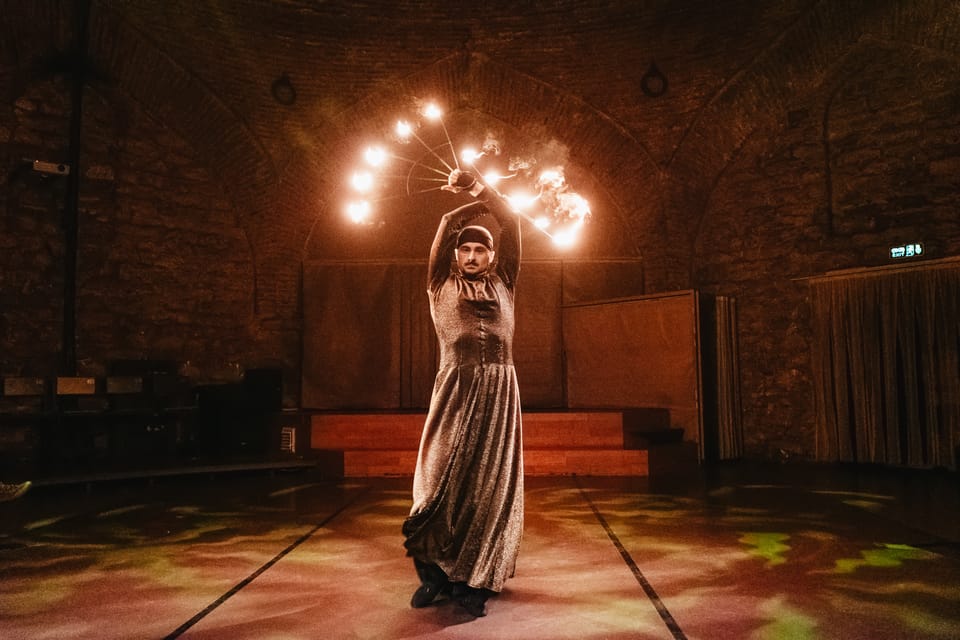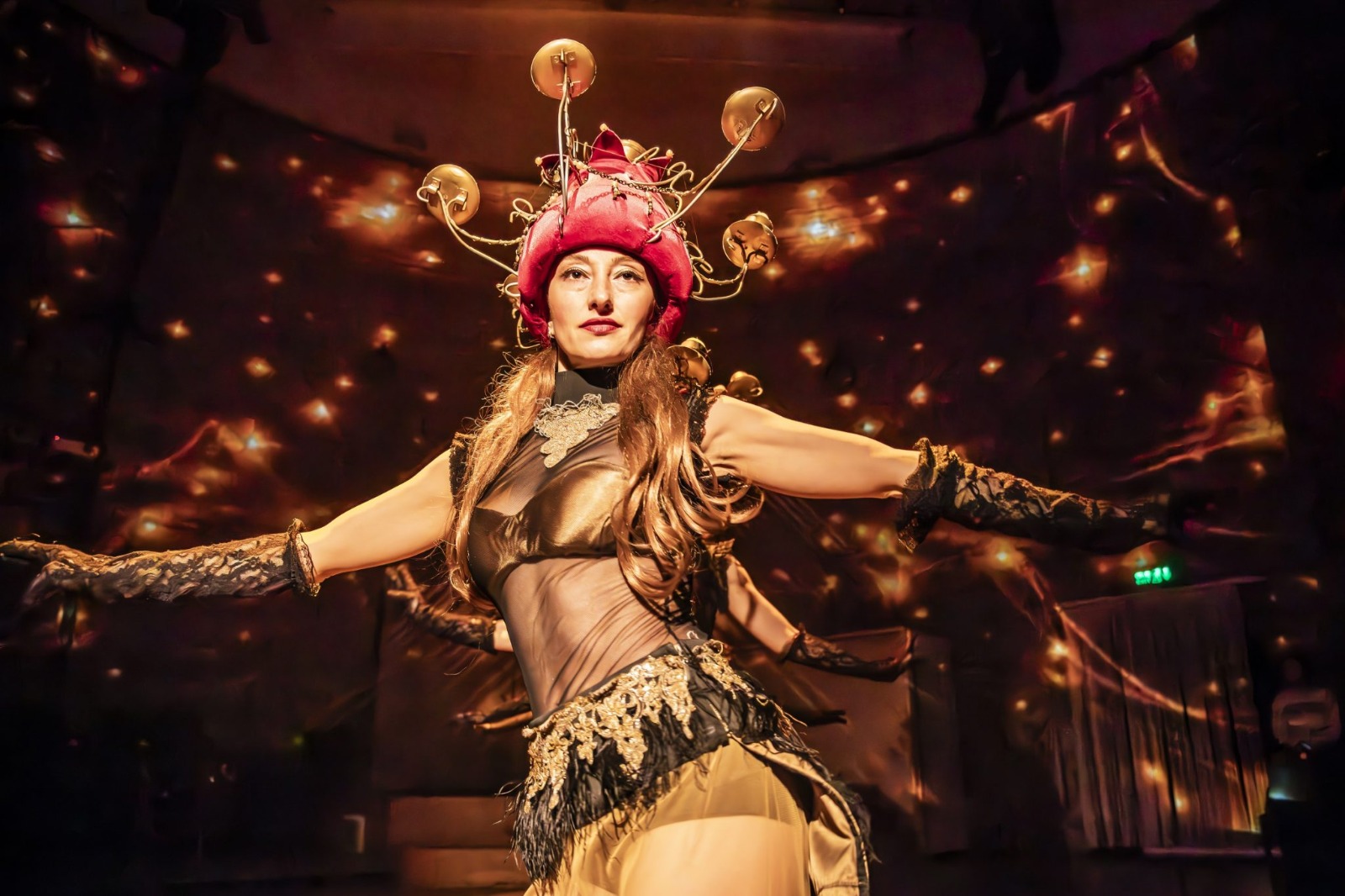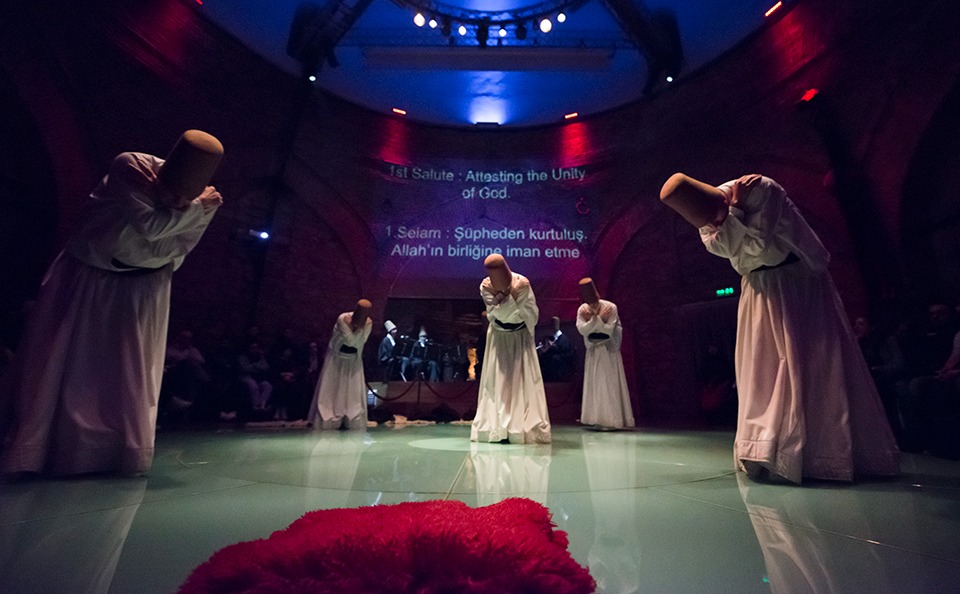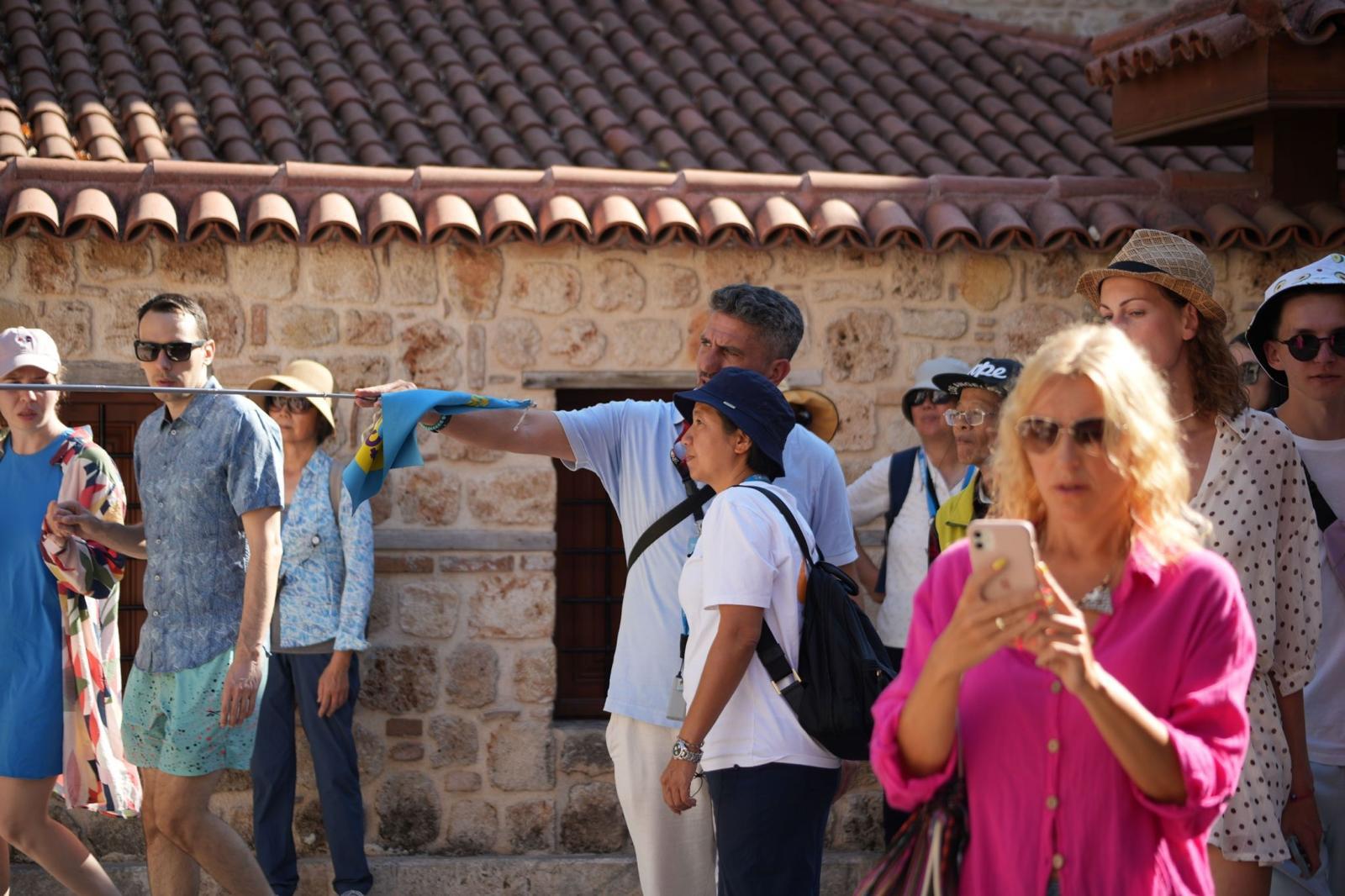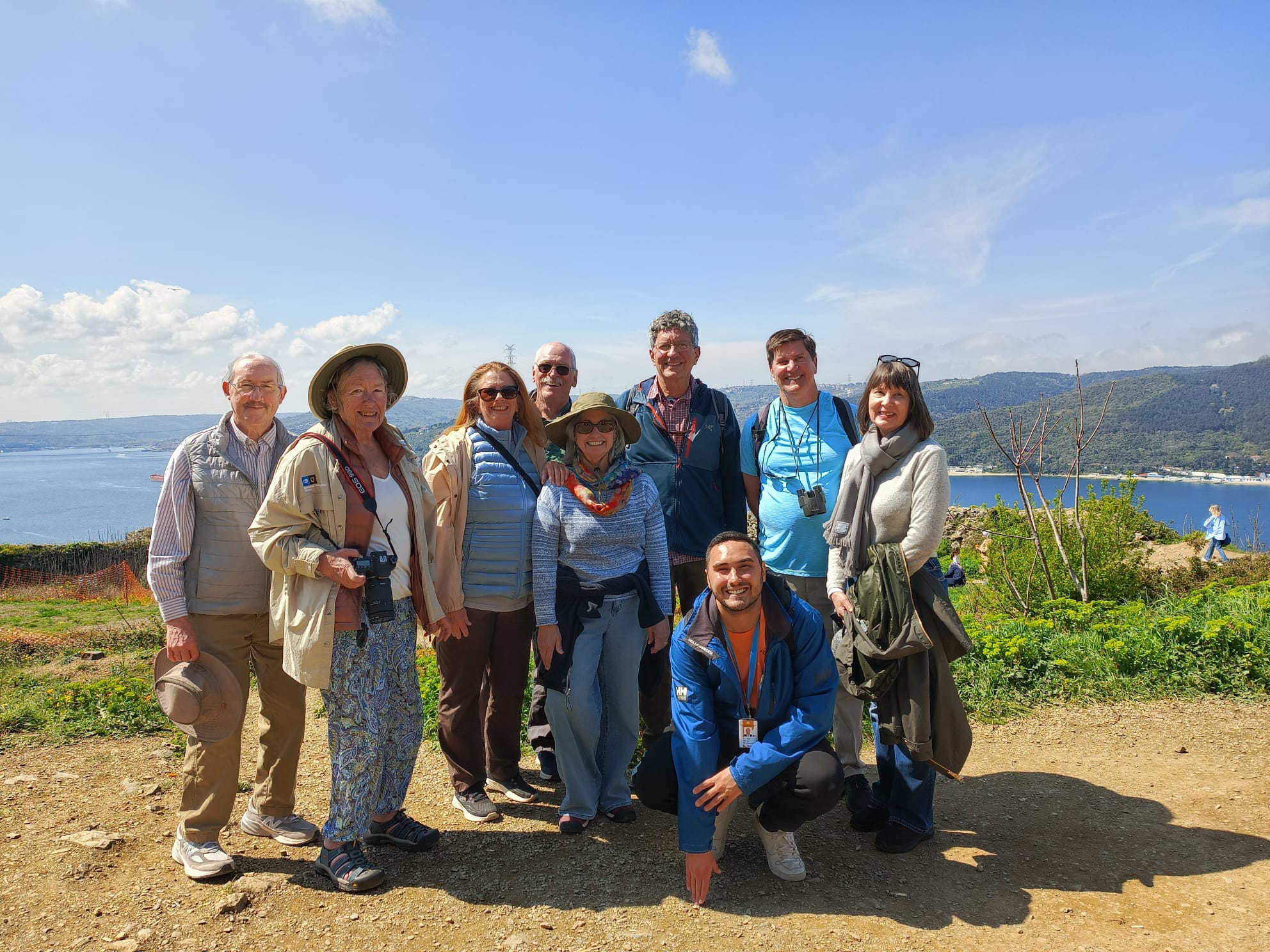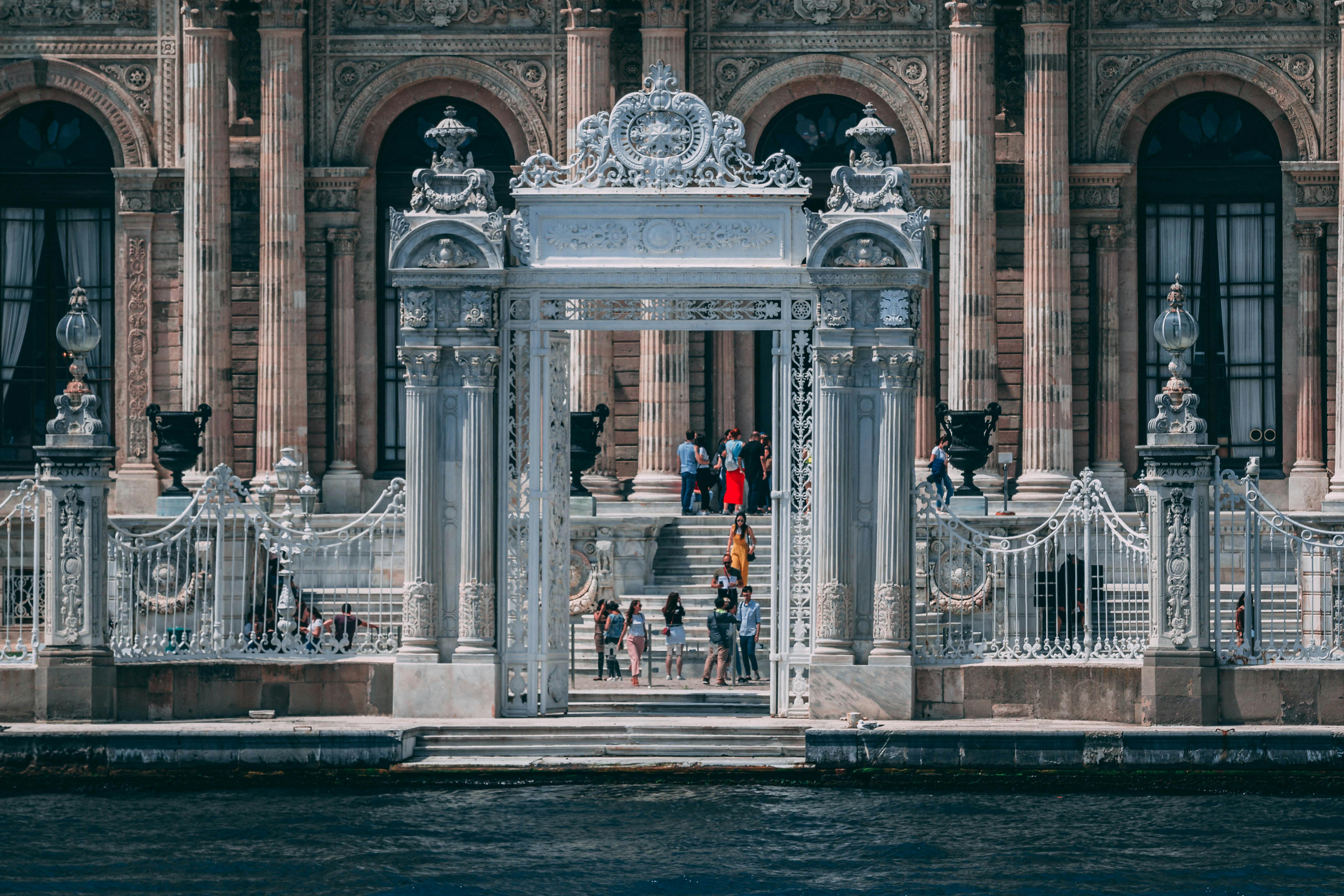Purpose of the Whirling Dance (Sema)
The Sema ceremony is both a spiritual practice and a symbolic journey of the soul. Through the act of whirling, the dervish aims to:
Reach a state of spiritual ecstasy and closeness to God.
Transcend the ego and earthly attachments.
Reflect the cosmic harmony of the universe (the turning mimics the motion of planets and celestial bodies).
Symbolism in the Ritual
Each element of the whirling dervish’s appearance and movement holds symbolic meaning:
White Robe (Tennure): Represents the dervish's shroud (death of the ego).
Black Cloak (Hırka): Symbolizes the grave, which is removed at the start of the ceremony.
Tall Hat (Sikke): Symbolizes the tombstone of the ego.
Right Hand Up, Left Hand Down: Represents receiving divine grace from the heavens and delivering it to the earth.
Structure of the Sema
The ceremony typically includes:
Recitation of the Quran
A musical prelude with the ney (reed flute)
Four whirling cycles (selams), each with a different spiritual theme
A final prayer to conclude the ritual
Cultural Significance
The Whirling Dervish tradition has been recognized by UNESCO as an Intangible Cultural Heritage of Humanity. It is most famously performed in Konya, Turkey, during Şeb-i Arus ("The Night of Union"), which commemorates Rumi's death in December. The practice blends poetry, music, and dance to express the mystical teachings of Sufism and the path toward divine love.
